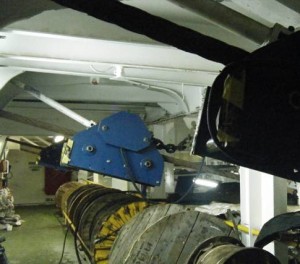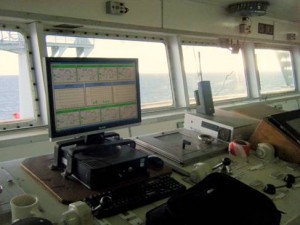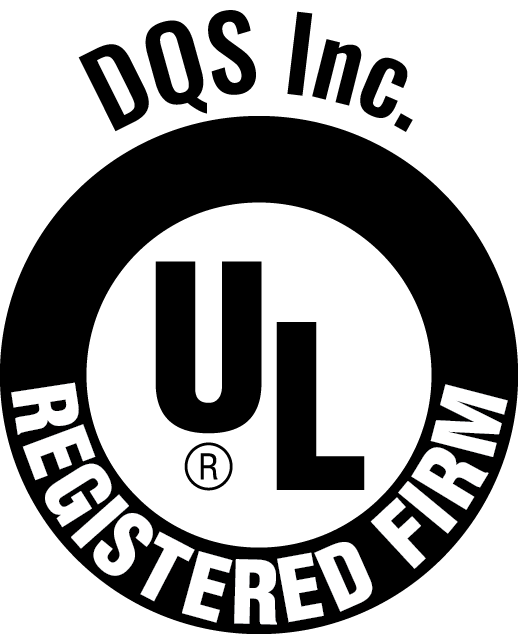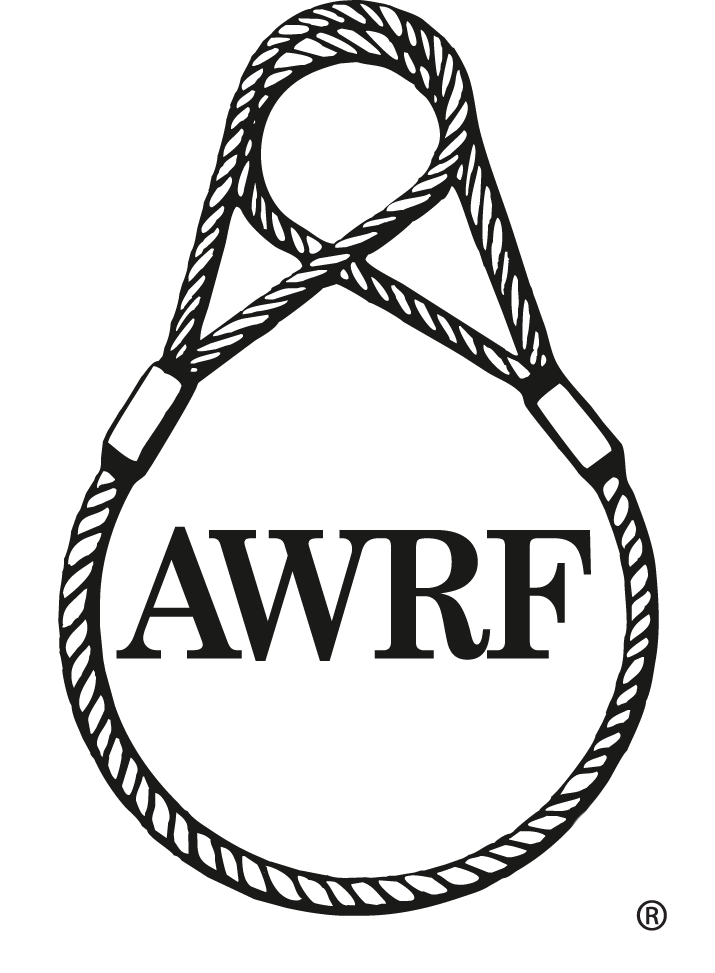Our lead systems engineer, Matthew Lee, has just come back this month from installing, calibrating, and commissioning a mooring system for the Frontier Duchess, a drill-ship which is currently off the coast of Nigeria.

Running Line Tensiometer measuring tension on mooring lines for the Frontier Duchess
On short notice, Matthew flew for over 20 hours from Seattle, through France, down to Port Harcourt Nigeria. Once in country, he was met by a friendly security team that helped him travel safely to the local heliport. From there it was a short but scenic 30 minute helicopter trip across the Bay of Biafra to the Duchess. MTNW was called in to help install, calibrate, and commission the ship’s 8 mooring line tensiometers and LCI-90 winch displays. Mooring monitoring is crucial to FPSO and drill-ship work because ship managers need to reliably place and tension their anchors in order to limit ship movement. During drilling, the operators aim to keep the ship within a 12 inch circle. For a 75 foot wide and 475 foot long vessel like the Duchess, 12 inches is 1.3% of the ship’s width and .2% of its length… imagine attempting this feat while bouncing around on high sea states.

LCI’s WinchDAC software showing line tension for 8 mooring lines on the bridge of the Frontier Duchess.
In a traditional mooring setup, the vessel operator will notice a sudden change in position and will attempt to rectify the situation before the ship drifts too far and breaks the drill column. Essentially, the operators can only respond to problems after they have occurred, they have no foolproof means of predicting them. With MTNW’s mooring line monitoring system, the user can ensure that the tension on the mooring lines is low enough that the anchors are not at risk of shifting while also being high enough to keep the vessel in place; thus minimizing the chances of an anchor slip. In addition to this functionality, MTNW’s system can also monitor the payout of the line which enables the operators to accurately place buoys (with accuracy better than 30cm) to lift the mooring lines over subsea cables and pipelines.
The bottom line is that when you combine the action of dynamic sea states with the grid of subsea cables and pipelines crisscrossing the bottom of the ocean, mooring line monitoring becomes critical for personnel and property safety. On the Duchess, Matthew worked closely with the ship’s electronic technicians and quickly brought the system online. All eight units were commissioned and calibrated (through a great deal of teamwork involving anchors, cranes, winches, and a tropical storm) and are now providing accurate and useful feedback for the ship’s operators. All on board were eagerly awaiting the opportunity to see the system in action during their next drill operation.
One of the key considerations any rig manager needs to think about when completing a mooring monitoring installation or retrofitting a legacy mooring/winch system is to think about where the tension, speed, and payout data needs to be seen. MTNW’s LCI system is designed to provide local visibility at the winch controls, but it also integrates to a PC based software interface that aggregates all mooring line parameters into one view at the bridge or control room (see image). This functionality was very popular with the crew of the Duchess, particularly the Captain, as it allows them to operate the entire system from the comfort of the bridge.
Another LCI system benefit is in the ease of hardware installation and maintenance. The LCI tensiometers are built with a removable center sheave which makes installation…even with deployed anchor lines…a breeze. Because we pre-calibrate our tensiometers before they are deployed, installation and commissioning often takes less than a week on site. With installations all over the world, MTNW’s LCI team is rapidly becoming one of the leading experts in providing retrofit solutions for legacy mooring systems.


